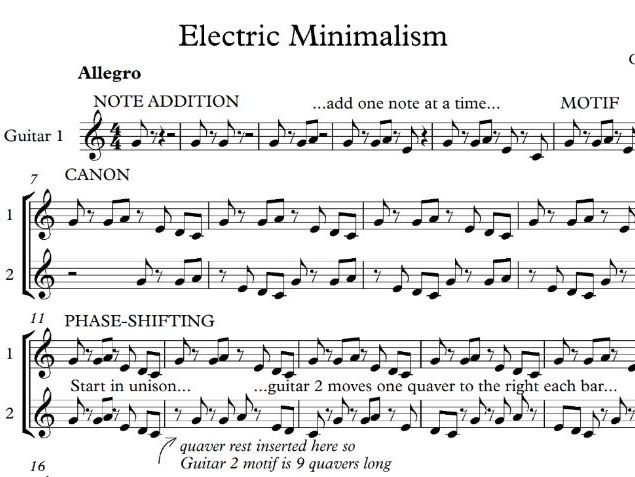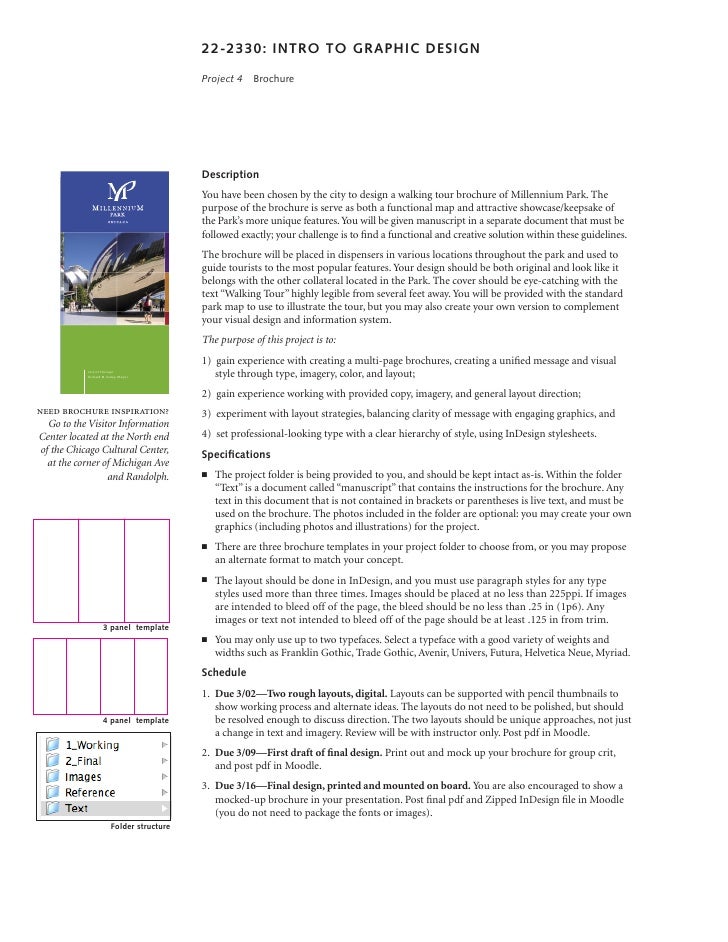Composer's Notes Vermont Counterpoint (1982) was commissioned by flutist Ransom Wilson and is dedicated to Betty Freeman. It is scored for three alto flutes, three flutes, three piccolos and one solo part all pre-record on tape, plus a live solo part.
The live soloist plays alto flute, flute and piccolo and participates in the ongoing counterpoint as well as more extended melodies. The piece could be performed by eleven flutists but is intend primarily as a solo with tape. The duration is approximately ten minutes.
In that comparatively short time four sections in four different keys, with the third in a slower tempo, are presented. The compositional techniques used are primarily building up canons between short repeating melodic patterns by substituting notes for rests and then playing melodies that result from their combination. These resulting melodies or melodic patterns then become the basis for the following section as the other surrounding parts in the contrapuntal web fade out. Though the techniques used include several that I discovered as early as 1967 the relatively fast rate of change (there are rarely more than three repeats of any bar), metric modulation into and out of a slower tempo, and relatively rapid changes of key may well create a more concentrated and concise impression. Steve Reich Reproduction Rights This programme note can be reproduced free of charge in concert programmes with a credit to the composer.

Contents • • • • History [ ] Under its original title, Octet, the work was commissioned by the (Radio Frankfurt) and completed in April 1979. It was premiered at Radio Frankfurt on June 21, 1979, by members of the Netherlands Wind Ensemble, conducted by (, 98). It was originally scored for, two, and two players each playing, and as well as. Reich later rescored it, in order to make performance easier, by adding a second string quartet, and retitling the work Eight Lines. The additional two solve 'the difficulty of playing rather awkward in tune,' and the additional and 'allow the rapid eighth-note patterns to be broken up between. Two players' to prevent fatigue (, 119). The wind parts were originally conceived for two clarinet players both bass clarinet and flute as well as piccolo, though right from the world premiere in Frankfurt in 1979 ten players were used, dividing the wind parts among four musicians.
The composer regarded this as a perfectly ordinary option, while pointing out 'whether there are eight, nine, or ten performers, the piece is always musically an ' (, 98). How To Install Mac Os X On Dell Xps 15. In 1985 balletmaster made an to this music.
[ ] Analysis [ ] The structure but not the sound of Jewish influenced the composition, particularly of the flute and piccolo melodies (, 113–14, 118). The work is cast in a single about 15 to 18 minutes long, in a quick. Its core is a piano, superimposed over and shifted versions of itself. The woodwinds and strings play fragmented versions of these figures in with the pianos, as well as melodies of their own and slow in the background.
The piece makes extensive use of imitative and incremental building of melodies. [ ] The work is divided into five sections. Pioneer Ddj Sb Virtual Dj Mapper Download Google. The first and third share a similar texture of rapid piano, cello, and bass clarinet figures, while the second and fourth sections are marked by sustained tones in the cello.
The fifth and final section combines these materials. The divisions between sections, however, involve smooth transitions with some overlapping in the parts. As a result, it is often difficult to tell just when one section ends and the next begins (, 99). References [ ] • Reich, Steve (2002). Writings on Music, 1965–2000.
Oxford and New York: Oxford University Press.. External links [ ] • at website • on.
Steve Reich Vermont Counterpoint Pdf To Excel. At the end ofdiscussion, it was agreed topass the budget, and thenwork on it over the year toimprove it.
